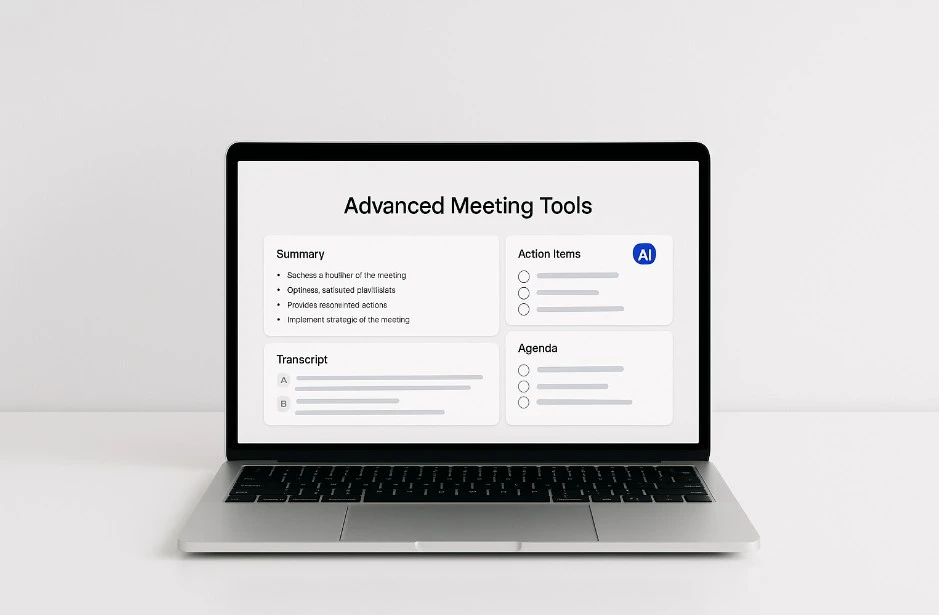
6 Online Identity Verification Methods for Booking Platforms
BOOKAFY BLOG 6 Online Identity Verification Methods for Booking Platforms IN THIS POST Many people have either grown tired of or just don’t like making bookings and reservations via phone
Recent years have seen an increased adoption of the work-from-home setup. By early 2022, corporations that were once WFH-skeptics like software company Drift or brokerage firm.
Robinhood decided to go remote permanently. This was after the move towards a supposedly-temporary remote model yielded higher quality outputs and productivity levels.
Despite the evidence that remote work pulls in great returns, many companies are still introducing return-to-office or RTO initiatives. This has been met with mixed reactions across the globe. It’s important to analyze both sides to decipher whether the RTO initiative has merit and how employers can make the transition more seamless for all parties. Let’s take a closer look below.
WFH certainly has its perks, which make discussing productivity a little trickier. However, there are some aspects of RTO that WFH cannot easily replicate.
Many remote workers note feeling disconnected from their peers. A recent survey by Gallup reveals that 59% of employees say their priority is to meet with coworkers if given the chance to work onsite.
Interactions through the screen can’t quite replace the intimacy of real-life water cooler talks where friendly office gossip provides a mid-day relief for employees.
Experts say that, when not falling under the category of bullying or harassment, office gossip can fast-track work friendships, which eroded for a lot of people in WFH and had some impact on productivity levels.
A common struggle during the initial large-scale shift towards WFH was unequal access to technology. In fact, early data in 2021 showed that nearly 30 million Americans don’t have internet access and cannot fully benefit from the digital age or WFH.
With RTO, employees stand on uniform ground with the same amount of resources from the office. This also helps employees keep company data more secure because work materials are only kept on company servers. 2021 actually had the highest record of data breaches among remote workers, with REvil, a cybercrime group, taking advantage of Independence Day festivities to hack hundreds of U.S. companies using Kaseya’s remote management software.
Many remote workers mentioned burnout as a result of a blurred work-life balance. Technology allowed workers to stay connected to colleagues but also tethered them to work 24/7. With RTO, employees can better physically distinguish their time at work and time for personal leisure without having to drag any office baggage back home.
Remote models of work have materially yielded positive results due to the sole advantages of WFH. It’s assumed that these benefits could disappear upon RTO.
A Gartner survey of more than 10,000 digital workers revealed that workers count flexibility as the key to their productivity. This shows that, contrary to what most employers initially believed, the same level of focus was possible for WFH employees.
That’s because employees achieve a more comprehensive image of their everyday tasks and will multitask, or otherwise deal with each of them based on priority. This was critical among working parents who used their newly-found work flexibility to bond with their children throughout the day as motivation for their careers.
With RTO, employees have to stick to a strict work schedule under the scrutiny of a supervisor and potentially nosy colleagues. This can impact performance and contribute to a lower rate of overall output in a worker’s life.
Research from Owl Labs estimates that RTO will cost a worker an additional $51 a day. That’s because RTO means having to travel to the office amidst the rising prices of public transit and gasoline. A once-remote worker may also need to set aside a budget for lunch and other expenses.
Additional expenses are also incurred by the employer, who will have to spend on office space and other utilities. When they permanently transitioned to a hybrid work model, insurance company Nationwide cited the necessity of cost-cutting when planning for a prolonged global economic slump. Industry experts agree with this analysis, citing how RTO on its own may be a costly expenditure that doesn’t balance out productivity.
It’s important that companies avoid issuing an RTO call for the sake of returning to the “old normal.” This is a step back. Companies need to aim for progress and this can be done by assessing what benefits of RTO your company hopes to maximize that WFH was unable to fulfill. From there, it’ll be easier to mitigate the common drawbacks.
Hybrid workplaces have become an easy middle-ground between RTO and WFH that provides employees room for flexibility and social activity while minimizing expenses. To help maintain this balance, hybrid workplaces need good leadership to set boundaries among employees. An example of an explicit boundary would be how no emails are expected to be answered outside of work hours. This makes it easier for workers to keep their work and personal lives separate.
On the financial side, many companies are improving their employer-provided programs for employees. Clif Bar & Company implemented a program that paid employees to exercise 2.5 hours a week on company time. This had an extremely high participation rate and increased productivity levels too. Otherwise, workers can take advantage of transportation stipends or simply choose to drink free coffee in the workplace.
These programs allow workers to save up to $300 a month when going to the office, canceling out the extra expenses incurred by food or transportation. Asking your company for a pay analysis can help further determine whether the extra effort for RTO is financially justifiable.
Management, on the other hand, can look towards investing in automation to solve space management problems. By adopting space planning software to plan the facility space efficiently and prevent wasted space, companies can determine the most productive and cost-efficient number of RTO employees during the day. This will also help with redesigning the office to boost productivity and help employers decide on the right RTO, WFH, or hybrid setup.
RTO certainly has its share of challenges, just as WFH and even the “old normal” workplace does. It’s important that employers and employees are communicating in order to overcome this transitionary period and determine the best path for all parties involved. This is what will guarantee a company’s survival as we settle into a new era of working culture.

Save your team time and money with Bookafy!
Using online appointment scheduling software, you can automate booking, reminders, syncing to calendars, fetching video meeting URLs, and much more. Try Bookafy free today!

BOOKAFY BLOG 6 Online Identity Verification Methods for Booking Platforms IN THIS POST Many people have either grown tired of or just don’t like making bookings and reservations via phone

BOOKAFY BLOG Why Transparency and Education Are the New Growth Engines in eCommerce Online Wellness Markets IN THIS POST The online wellness market is undergoing a significant transformation. Once dominated

BOOKAFY BLOG 9 API Security Best Practices Every Booking Platform Needs IN THIS POST Your organization is like a finely tuned machine where systems work together in harmony to keep

BOOKAFY BLOG Why Remote Teams Secretly Appreciate Timesheet Software Like Workstatus IN THIS POST Remote work has transformed how businesses are operated. Different cities; or even nations, are collaborating on

BOOKAFY BLOG All About Optimizing Your Booking Page for Search Engines IN THIS POST Have a booking page, but not getting as many customers as you expected? That could be

BOOKAFY BLOG How to Schedule Like a Pro with These Simple Hacks IN THIS POST Time significantly impacts how people evaluate their experiences. When time is wasted, customers often remember